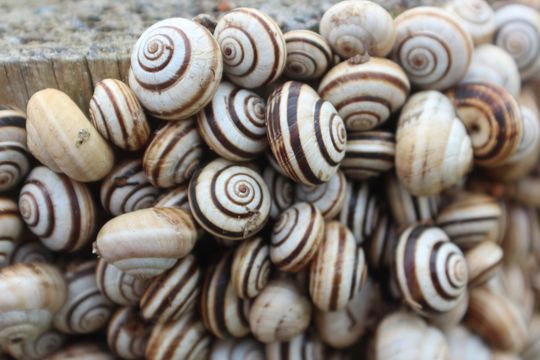Reproduction by Kevin Nebel
Since not much information regarding the
reproduction of I. verus, the following information is on the
general Polygyridae family. The Polygyridae family contains individuals whom
are monoecious. Being monoecious means that this organism houses both mail
and female sexes in one organism, unlike humans who are dioecious. Being
monoecious means that the Polygyridaes are able to create their own sperm,
create their own eggs, and also mate with other compatible Polygyridaes who
are offering sperm or in need of it (Wilber, 1966).
So being able to mate with others through the exchange of bundles of sperm,
also known as spermatophores, the Polygyridaes are able to diversify and
create new species, like I. verus, that are relatively new with
very little research (Hickman, et al. 2009)
The eggs of Polygyriades are
usually laid in moist areas that are secluded, and unbothered by the sun and
radical changes in the environment. Most eggs are laid in late spring and
generally hatch in 20-25 days. Full maturity is reached in around 2 years (Baker,1939).
